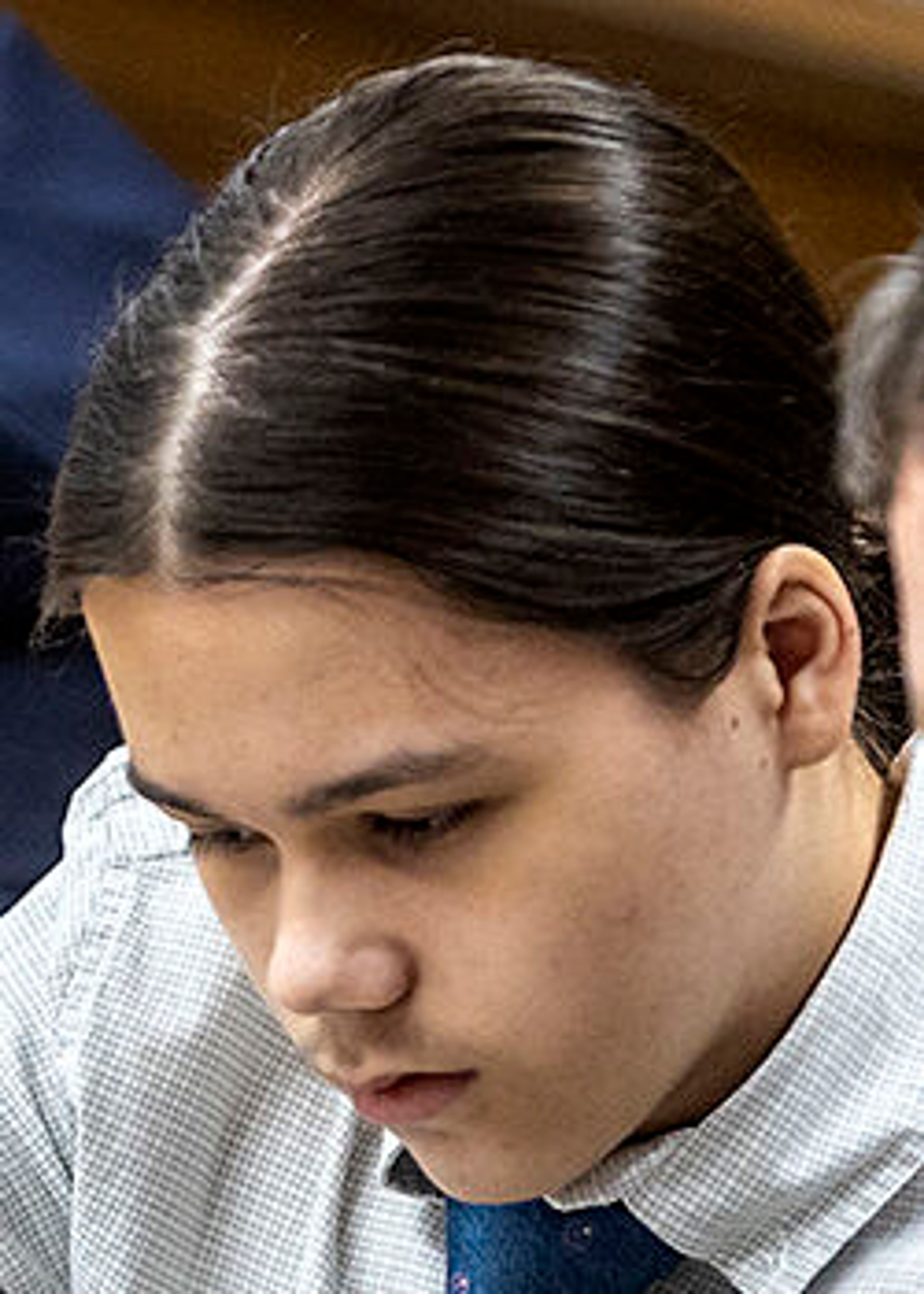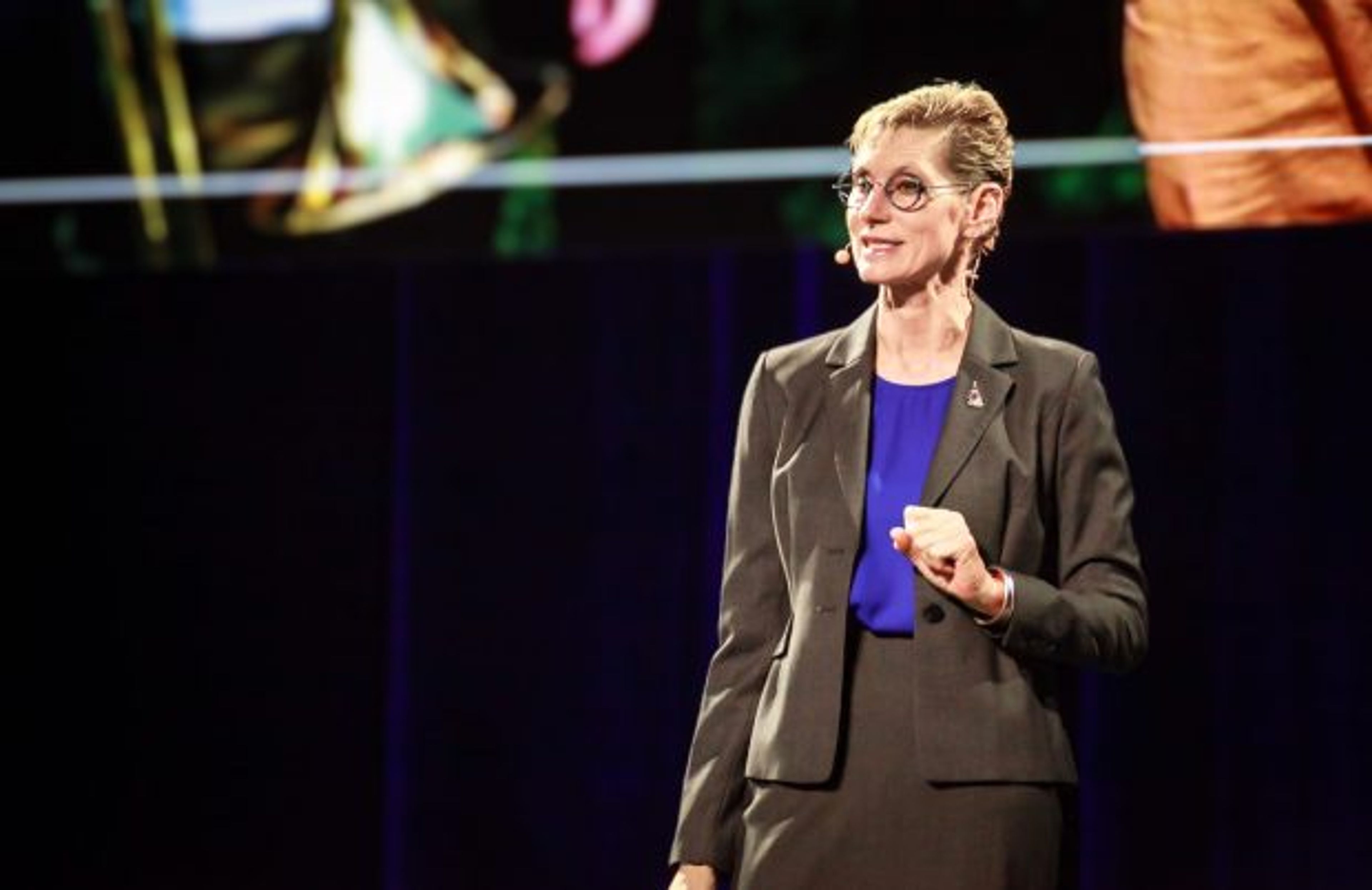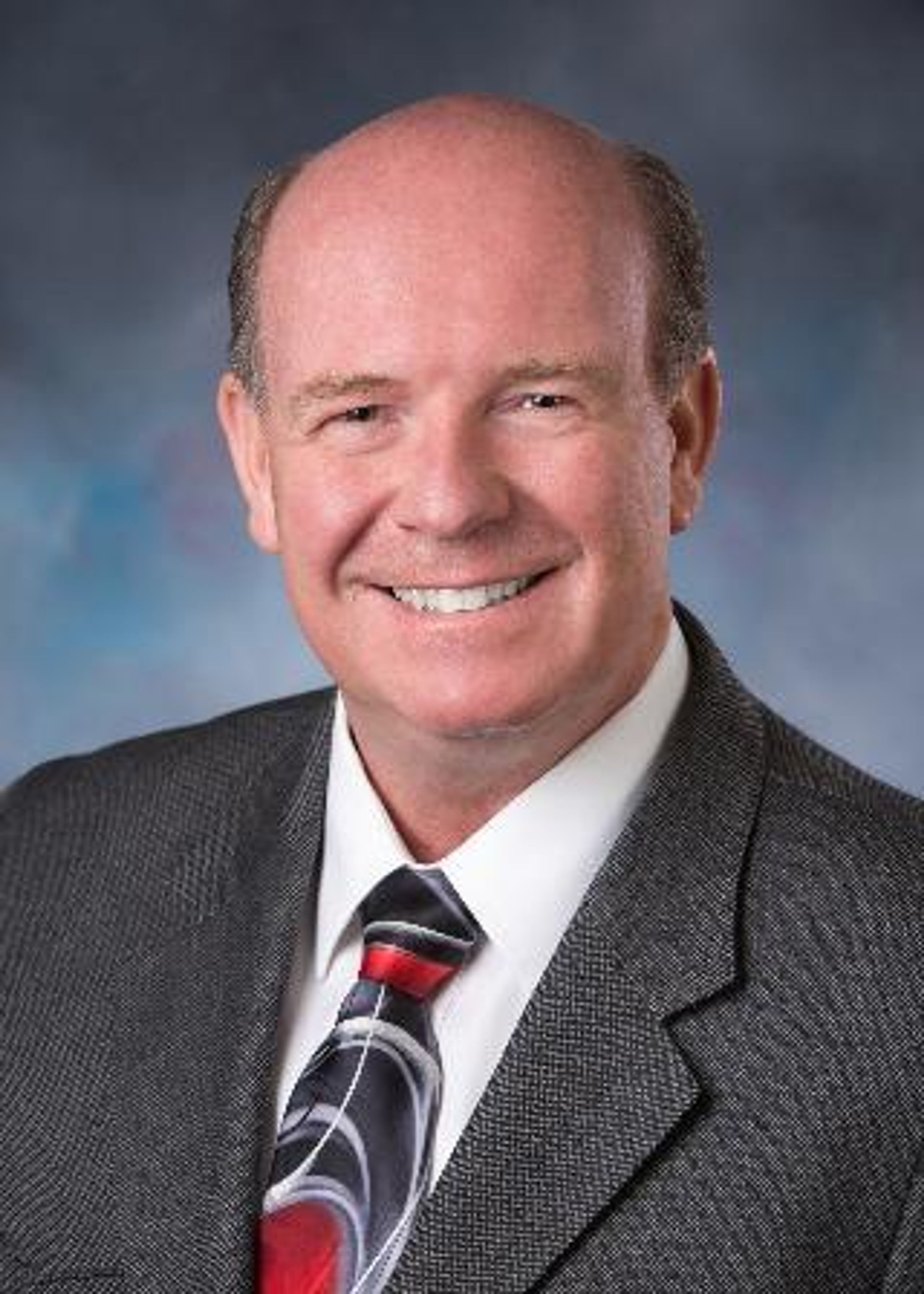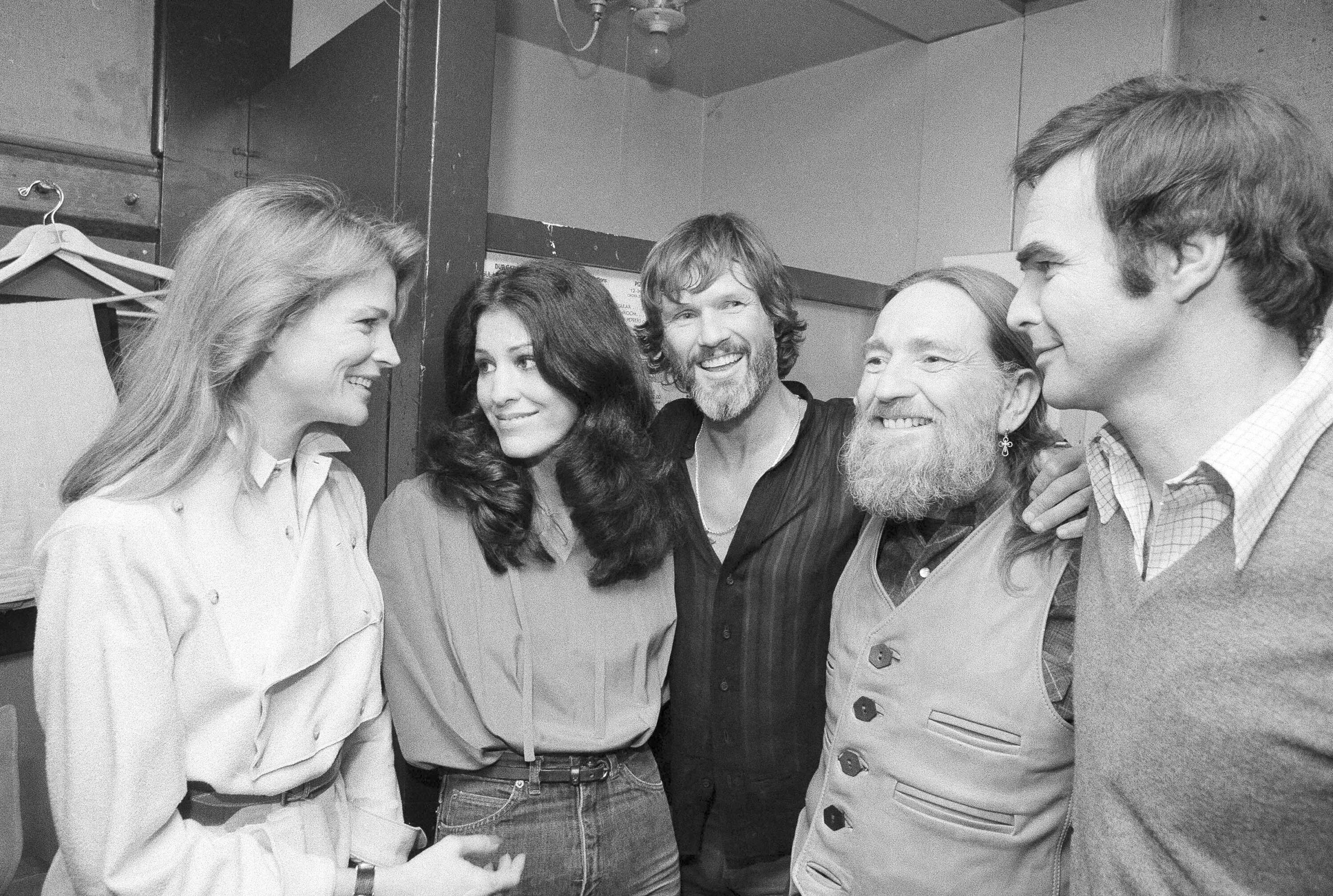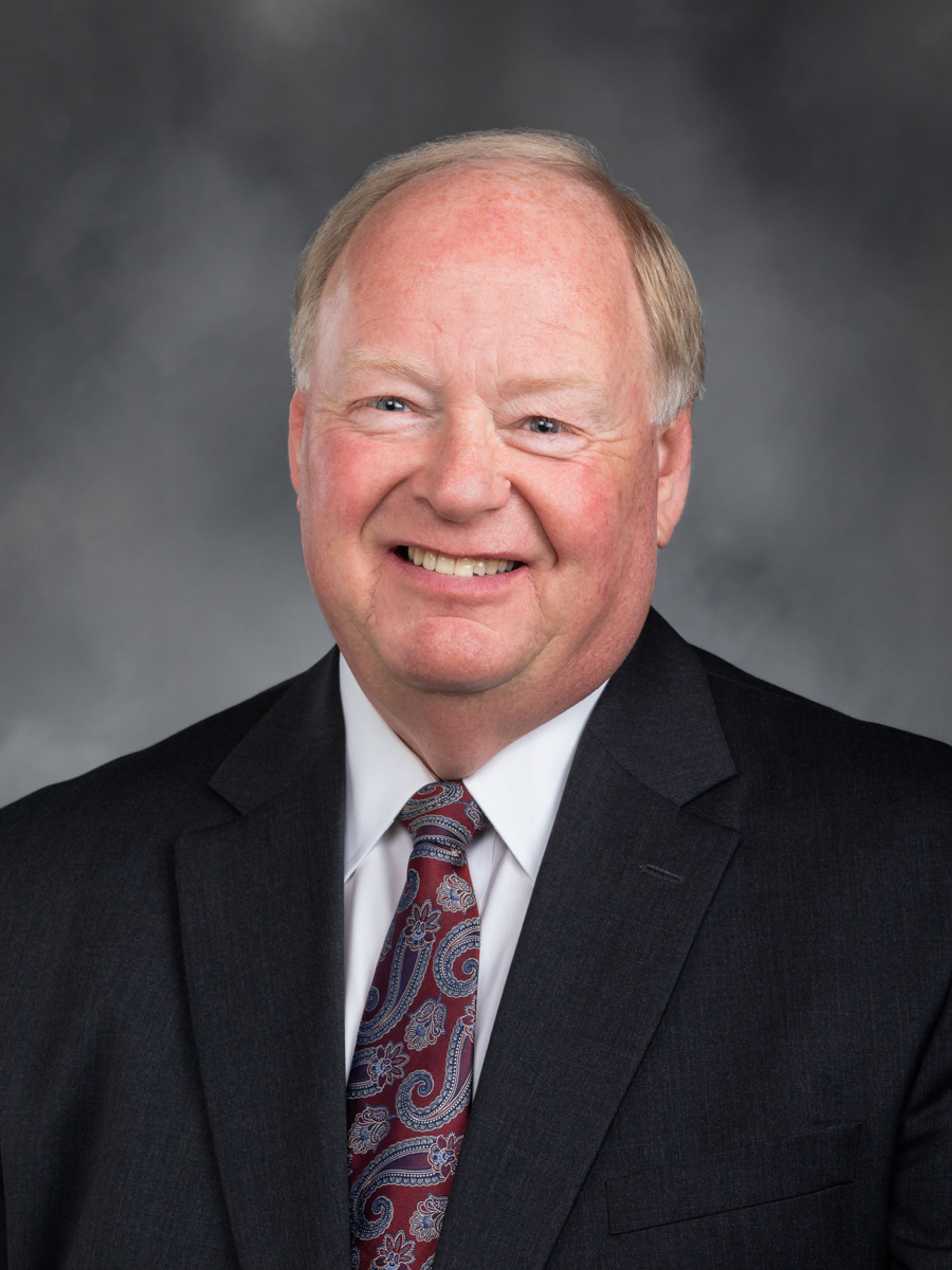The defense presented and rested its case to the jury with three expert witnesses after the prosecution formally rested its case Wednesday.
The first-degree murder trial of Demetri Ewing began for the eighth day at 9 a.m. and continued until 2:30 p.m. Wednesday. The 17-year-old is charged along with his father, Clyde Ewing, in the shooting death of Samuel Johns on Jan. 8, 2021, when Demetri Ewing was 16 years old. There were about 10 people in the audience.
Defense attorney Greg Rauch gave opening statements and addressed the jury.
He reiterated points made in cross-examination of witnesses that questioned the direction of the police investigation, including clearing suspects based on their own statements, changing testimony from Patricia Labombard and placing witnesses in an ambulance, which he argued provided witnesses the opportunity to construct a narrative of the events.
“The police in this matter immediately heard who they thought did it and pursued it,” Rauch said. “Pursued one route, pursued one set of suspects to one room.”
Rauch also noted evidence that didn’t fit Ewing and suggested a third person, not Ewing, was involved with Clyde Ewing on the night of the shooting. He provided examples of a third bicycle at the Ewings’ motel room and DNA evidence that didn’t match Clyde Ewing or Demetri Ewing. “Who was that third person?” Rauch said.
Rauch identified evidence that didn’t match Demetri Ewing in relation to the size of the suspect. Ewing is 5 feet, 2 inches tall, and Johns was 6 feet, 1 inch tall, and the autopsy reported a downward trajectory of the bullet. Clothing tags found on the Lewiston levee that belonged to black sweatshirts worn by the suspects indicated one was a male XL and the other was a male medium. A jacket that belonged to Ewing was a women’s small.
Additionally, Rauch made the case that Clyde Ewing kicked Demetri Ewing out of the motel on Dec. 23, 2020, and that he was staying at a homeless shelter. A Clarkston police officer reportedly saw Demetri Ewing at the motel Jan. 8, 2021, but wasn’t sure of the exact date of when he returned. Additionally, a photo showing a shotgun, pistol and two cans of bear mace was found on both Demetri and Clyde Ewings’ cellphones. The photo was dated Jan. 3, 2021, and geolocation placed it at the Hacienda Lodge, but did not originate on Demetri Ewing’s phone. Therefore, Rauch said, it proved Ewing wasn’t there. “Why send a picture when you’re both in the same room?” he asked.
“I ask you guys to keep an open mind,” he concluded in his address to the jury.
The defense then began with its expert testimony including from Randell Libby, a forensic DNA analyst with GeneQuest Diagnostics, who testified via Zoom on the DNA sample examined by Eric Seat of the Idaho State Police forensic lab. Libby explained that STRmix, the DNA software used by the ISP lab, analyzes samples that have multiple people’s DNA. However, Libby noted that there are assumptions made in the analysis of how many DNA contributors there are, in this case it was assumed to be three. Out of all three DNA samples, Libby said at least one was male.
In Libby’s reading of the lab’s report, he disagreed with the conclusion that the DNA sample matched Demetri Ewing. He noted several areas that didn’t match Ewing’s DNA. He said that the STRmix software adds in DNA when there are missing areas, like in this sample, which can create a match. It also alters the statistical ratio of the likelihood of the match.
Libby evaluated the likelihood statistic by the ISP lab, which stated the sample was 23,500 more likely to be Demetri Ewing. He said that was a weak number and in many cases it’s in the millions or tens of millions.
Libby also observed an area of the DNA that is passed down from father to son that didn’t match Demetri Ewing or Clyde Ewing.
In cross-examination, Chief Deputy Prosecutor April Smith asked if Libby did his own testing on the sample and he confirmed he didn’t. She also questioned if he was aware of the validation of the ISP lab and he said he didn’t receive those reports.
Rauch then asked if the validation of the lab affected the results of his findings or the findings of the lab.
“It doesn’t change the fact that assumptions have been made to obtain a match,” Libby said. “(The lab) might be perfectly valid but it still doesn’t change that the evidence sample doesn’t match the defendant in this matter unless assumptions are made.”
Nez Perce County Prosecutor Justin Coleman objected to another witness by the defense, Charles Schoonover, of Action Agency, who owns a private investigation company in Sandpoint. Gaskill returned to his chambers to consider Coleman’s motion to suppress Schoonover’s testimony and decided the testimony was allowed but only to explain what he would have done as the investigator. Coleman was also allowed to question Schoonover on his credentials and pointed out his lack of formal training and education to the jury.
During his testimony, Schoonover reviewed reports on the investigation and shared with the court what he would have done in his investigation. One of the areas he discussed was keeping witnesses separate to not influence their statements and keep their memories fresh and clear. “Everybody sees the incident differently,” he said. Witnesses at the crime scene gathered at an ambulance when police arrived.
He also examined the collection and documentation of evidence, including the delay in picking up black tape and black gloves, lack of measurements in photos, the use of cellphone cameras to record and take photos at the crime scene, not documenting bicycle tracks for a lab analysis and not using a laser to get a trajectory of the bullets found at the scene. In gathering video evidence, he would have searched security cameras in a wider radius of the route the suspects took, including past the Hacienda Lodge and the Johns residence.
In cross examination, Coleman noted that while Schoonover looked at police reports, videos and photos, he didn’t examine the evidence himself or go inside the Johns residence — although Schoonover said he looked at the house from the outside.
The defense also presented testimony from Gaylen Warren, who owns his own forensics lab, Columbia International Forensics Laboratory, and specializes in firearms and tool marks. Warren made the same conclusions as Britany Wylie, a forensic scientist for Idaho State Police Forensic Services, that three shell casings — two found at the crime scene and another found at the Hacienda Lodge — were fired from the same firearm. Wylie was an expert witness brought forward by the prosecution Friday.
However, he said more could have been done to identify the firearm by also providing the two bullets found at the crime scene for analysis “to give law enforcement an idea of what to look for, ‘cause it’s a no-gun case,” Warren said.
Before the jury entered the courtroom for the day, defense attorney Lawrence Moran asked Second District Judge Jay Gaskill for an acquittal. Moran based his motion on the fact that the prosecution alleged the murder happened during either a robbery or burglary and he said that no testimony or evidence supported that anything was taken and therefore didn’t support the first-degree murder charge. Chief Deputy Prosecutor April Smith said evidence and testimony showed that assailants entered the residence with a gun, zip tied Labombard and threatened her with a gun, which would be aggravated assault as well as kidnapping and would justify a first-degree murder charge. She also said that items don’t necessarily need to be taken from a residence or victim to be considered a robbery or burglary under the law, and in this case she suggested the attempt was thwarted by the shooting. Gaskill denied the motion for acquittal.
After the three experts testified, the defense rested its case. When the jury was out of the courtroom during a break, Gaskill took the opportunity to ask Ewing if he planned on testifying. Ewing said he won’t be testifying, using his fifth amendment right at the counsel of the defense.
Gaskill directed the jury to return to the Nez Perce County Courthouse at 9 a.m. today to listen to closing arguments and final instructions before the case is submitted to the jury for a verdict.
Brewster may be contacted at kbrewster@lmtribune.com or at (208) 848-2297.
